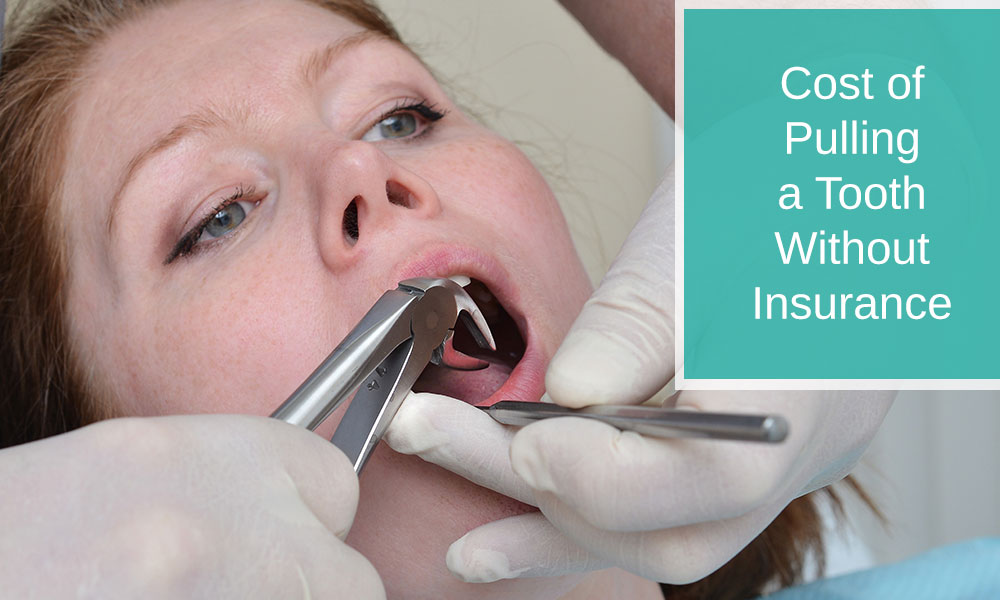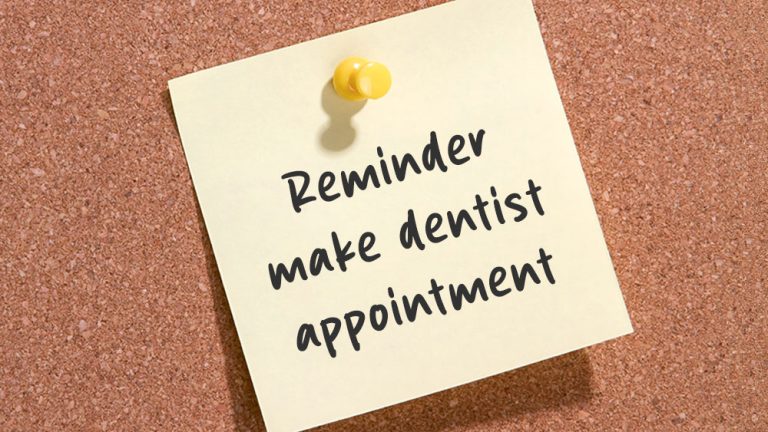
Cost of Pulling a Tooth Without Insurance
I. Understanding the Necessity of Tooth Extraction
Tooth extraction without insurance on average will cost an estimate of $80 up to $200. Pulling teeth, or better known as teeth extraction is a procedure that becomes necessary under various circumstances. Severe tooth decay, advanced gum disease, overcrowding, or preparation for orthodontic treatment are common reasons for tooth extraction. When a tooth is beyond repair and poses a risk to oral health, extraction becomes a vital step.
Aside from preventing the spread of infection and preserving oral health, tooth extraction contributes to overall well-being. It ensures proper alignment of remaining teeth, supports effective chewing, and enhances the aesthetics of the smile. Recognizing the importance of tooth extraction sets the stage for understanding the associated costs and available options.
II. Types of Tooth Extractions
A. Simple Extractions
Simple extractions are routine procedures performed on visible and easily accessible teeth. Dentists use forceps to grasp the tooth and gently remove it. The cost of a simple extraction without insurance is generally more affordable, ranging from $75 to $450 per tooth. These extractions are suitable for intact teeth that do not require extensive surgical procedures.
B. Surgical Extractions
Surgical extractions are more complex and involve teeth that are not easily accessible or have not fully erupted. This may include impacted wisdom teeth or teeth with significant damage. The cost of surgical extractions without insurance is higher, typically ranging from $225 to $600 per tooth. This procedure may require incisions, bone removal, or sectioning the tooth before extraction.
Understanding the distinction between simple and surgical extractions helps individuals anticipate potential costs based on their specific dental needs.
III. Average Cost of Tooth Extraction Without Insurance
A. National Average
The national average cost of tooth extraction without insurance typically falls within the range of $75 to $600 per tooth. This estimate includes the extraction procedure, local anesthesia, and post-extraction care. Actual costs may vary based on factors such as the type of extraction, the dentist’s fees, and the geographical location. It is also important to regularly brush to ensure health.
B. Regional Variations
Dental care costs can vary significantly based on geographical location. Urban areas often have higher overhead costs for dental practices, influencing the overall pricing. Conversely, dental care may be more affordable in rural areas. Researching local dental offices provides a more accurate understanding of tooth extraction costs in specific regions.
C. Additional Costs
In addition to the base cost of tooth extraction, several additional expenses may arise:
- Diagnostic Tests: X-rays or imaging necessary for treatment planning.
- Prescription Medications: Pain medications or antibiotics prescribed post-extraction.
- Follow-up Appointments: Check-ups to monitor healing and address any concerns.
Being aware of potential additional costs enables individuals to budget more effectively and make informed decisions about their oral health.
IV. Factors Influencing the Cost of Tooth Extraction Without Insurance
A. Complexity of the Extraction
The complexity of the extraction significantly influences the overall cost. Simple extractions, involving visible and accessible teeth, are generally more affordable than surgical extractions. Surgical extractions may require additional time, expertise, and resources, contributing to the higher cost.
B. Dentist’s Expertise
The experience and expertise of the dentist also contribute to the cost of tooth extraction. Highly skilled dentists may charge higher fees for their services. When considering tooth extraction options, finding a balance between cost and the qualifications of the dental professional is important.
C. Geographical Location
Geographical location plays a role in tooth extraction costs. Individuals in urban areas may face higher fees due to increased living and operating costs, while those in rural areas may find more affordable options. Exploring local options and consulting with multiple dentists can help individuals find a balance between quality and cost.
V. Seeking Affordable Tooth Extractions Without Insurance
A. Dental Schools
Dental schools offer reduced-cost dental services, including tooth extractions, provided by supervised students. While procedures may take longer, the cost savings can be significant. Choosing dental schools for tooth extractions is a practical way to access affordable dental care.
B. Federally Qualified Health Centers
Federally Qualified Health Centers (FQHCs) provide dental services on a sliding fee scale based on income. These centers aim to make healthcare, including tooth extractions, accessible to individuals regardless of insurance status. Exploring FQHCs in the local area is a valuable resource for affordable dental care.
C. Free and Low-Cost Clinics
Free and low-cost clinics, often operated by nonprofit organizations, provide dental care to those in need. These clinics may offer discounted or free tooth extractions for individuals facing financial constraints. Exploring options within the community can lead to affordable dental solutions.
VI. Tips for Managing Tooth Extraction Costs Without Insurance
- Early Intervention: Address dental issues promptly to avoid more complex and costly extractions in the future.
- Explore Financial Assistance Programs: Some charitable organizations and foundations may provide financial assistance for necessary dental procedures.
- Payment Plans: Inquire about payment plans offered by dental offices to spread the cost of tooth extractions over time.
- Important Note: The cost of teeth cleaning without insurance is around $130 per visit.
VII. Key Takeaways
Understanding the cost of tooth extraction without insurance involves considering various factors, from the type of extraction to the dentist’s expertise and geographical location. By exploring affordable options, seeking assistance from dental schools, federally qualified health centers, and free clinics, individuals can access necessary dental care without insurance burdens.



